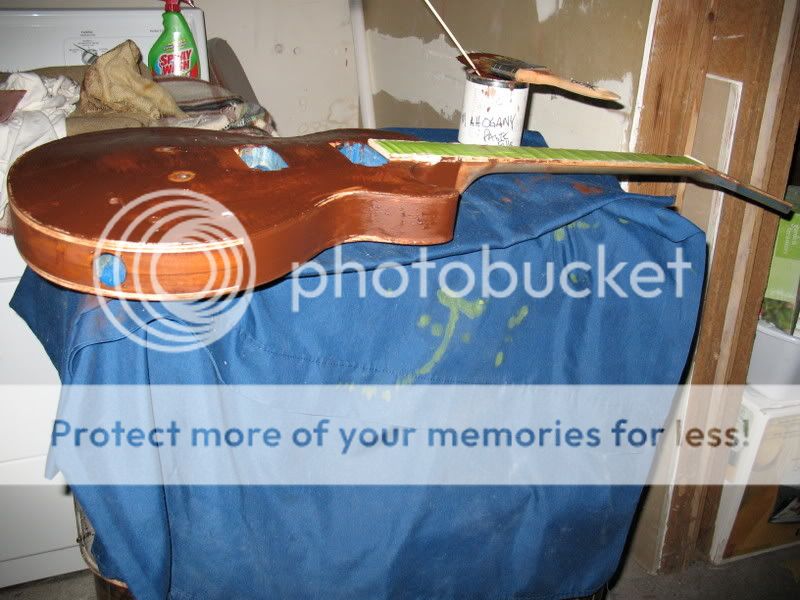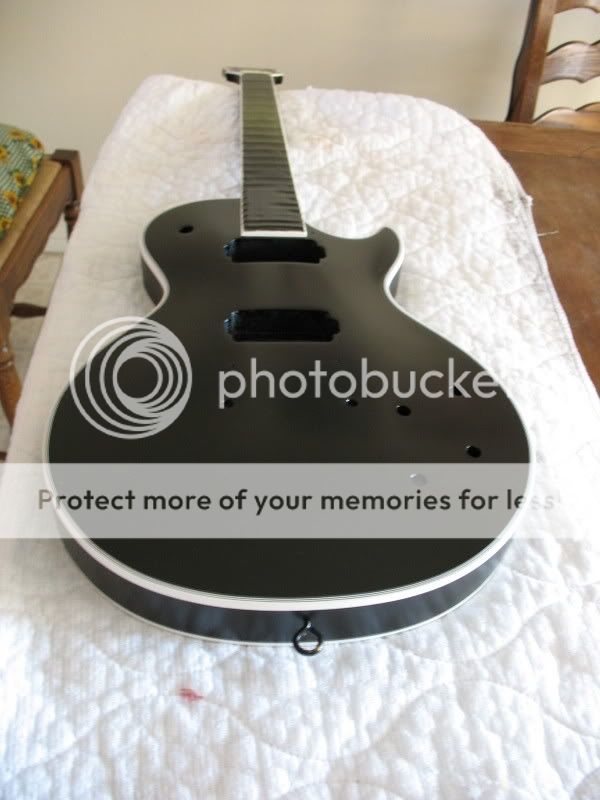Soloshchenko
Senior Member
- Messages
- 430
I'm about to start filling the grain of an unfinished mahogany body, should I sand with 400 or 320 grit first or is there no need? Thanks!

jackthehack said:Bengal burst? Looks like they use your "blue jean" process, sanding back a black dye then adding the amber/orangish tint where you do the blue, then spraying the back/burst over in gloss black, then more clearcoat on top of that.
Soloshchenko said:It really does help a lot man, thanks but I really mean should I sand an unfinished warmoth body BEFORE starting the filling process?
Or is it okay to just put the stuff straight on?


Mr Real Nice said:Hey, this is obviously a really old post, but during my search it came up and had a lot of great info in it. I felt it deserved a bump. :icon_thumright:

